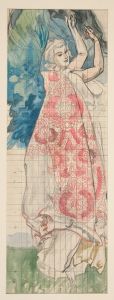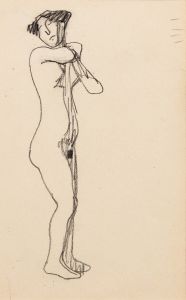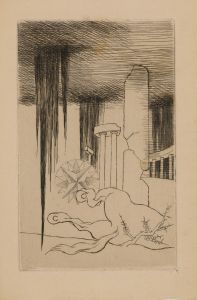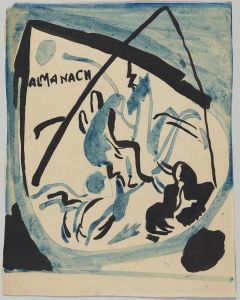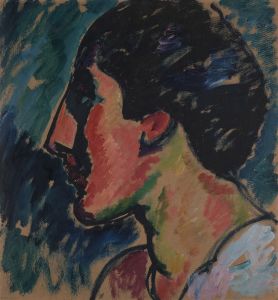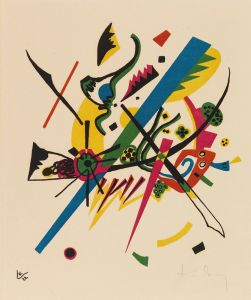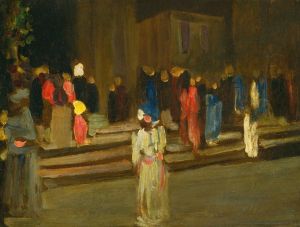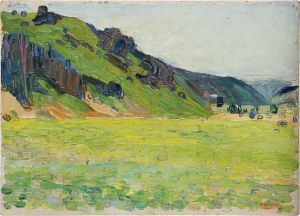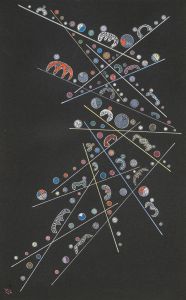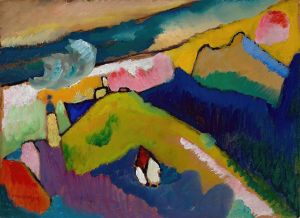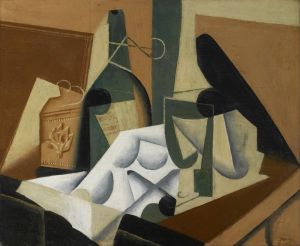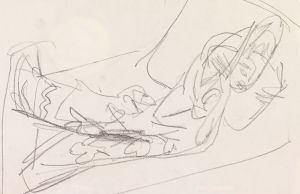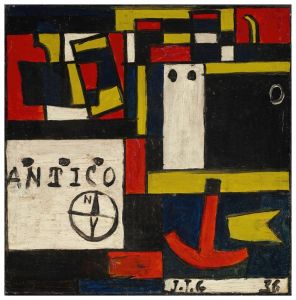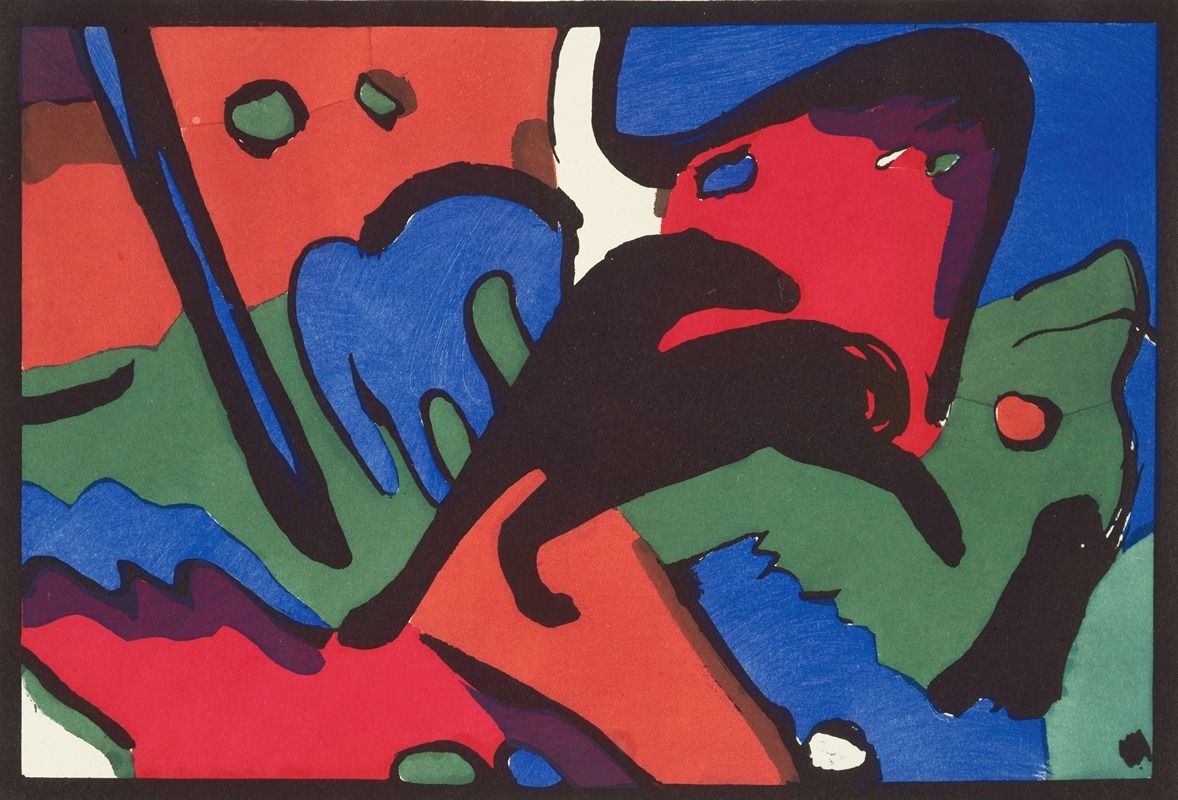
Der Blaue Reiter
A hand-painted replica of Wassily Kandinsky’s masterpiece Der Blaue Reiter, meticulously crafted by professional artists to capture the true essence of the original. Each piece is created with museum-quality canvas and rare mineral pigments, carefully painted by experienced artists with delicate brushstrokes and rich, layered colors to perfectly recreate the texture of the original artwork. Unlike machine-printed reproductions, this hand-painted version brings the painting to life, infused with the artist’s emotions and skill in every stroke. Whether for personal collection or home decoration, it instantly elevates the artistic atmosphere of any space.
"Der Blaue Reiter" (The Blue Rider) is a painting created by Russian artist Wassily Kandinsky in 1903. Kandinsky, who is often credited as one of the pioneers of abstract art, was deeply influenced by color and its emotional resonance. This painting is an early example of his exploration into the expressive potential of color and form, which would later become central themes in his work.
The painting depicts a lone rider, dressed in blue, galloping through a hilly landscape. The rider's figure is somewhat abstracted, with the blue cloak and the horse's form blending into the surrounding environment. The landscape is rendered in vibrant, contrasting colors, with dynamic brushstrokes that convey a sense of movement and energy. The use of blue, a color Kandinsky associated with spirituality and depth, is particularly significant in this work.
"Der Blaue Reiter" is not only a notable piece in Kandinsky's oeuvre but also lent its name to the influential art movement "Der Blaue Reiter," which Kandinsky co-founded with fellow artist Franz Marc in 1911. The group was part of the larger Expressionist movement and sought to transcend the materialism of the time by focusing on spiritual and symbolic content in art. They believed that art should express the inner feelings and experiences of the artist, rather than merely depicting the external world.
Kandinsky's interest in the spiritual and symbolic aspects of art is evident in "Der Blaue Reiter." The painting's dreamlike quality and the mystical aura surrounding the rider suggest a journey or quest, possibly alluding to the artist's own search for deeper meaning and understanding through his work. The choice of a rider as the central figure may symbolize freedom, exploration, and the pursuit of new artistic frontiers.
The painting is also notable for its innovative use of color and form, which would become hallmarks of Kandinsky's later abstract works. The bold, expressive use of color in "Der Blaue Reiter" reflects Kandinsky's belief in the emotional power of color, a concept he would elaborate on in his theoretical writings, such as "Concerning the Spiritual in Art" (1911).
"Der Blaue Reiter" remains an important work in the history of modern art, representing a key moment in Kandinsky's artistic development and the broader evolution of abstract and expressionist art. The painting is housed in the Städtische Galerie im Lenbachhaus in Munich, Germany, where it continues to be admired for its innovative approach and profound impact on the art world.





